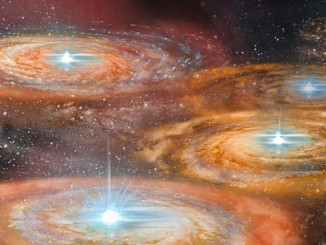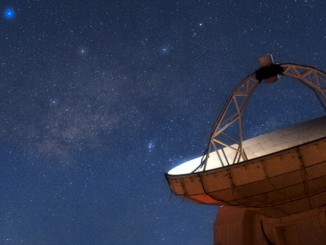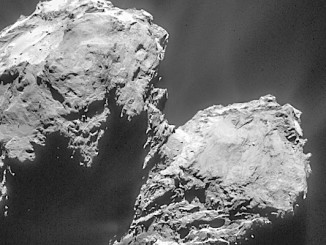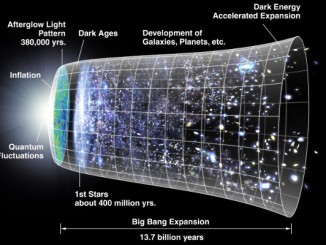
News

News

News

News
A cold cosmic mystery solved
Since its discovery over a decade ago on a map of the cosmic background radiation left over from the Big Bang, astronomers have puzzled over the so-called Cold Spot — possibly the largest individual structure ever identified by humanity. Now, a team led by researchers from the University of Hawaii may have found an explanation for its existence.

News

News

News

News

News

News
Universe expanding more slowly than previously thought?
A University of Arizona-led team of astronomers found that the type of supernovae commonly used to measure distances in the universe fall into distinct populations not recognised before. The findings have implications for our understanding of how fast the universe has been expanding since the Big Bang.

News
